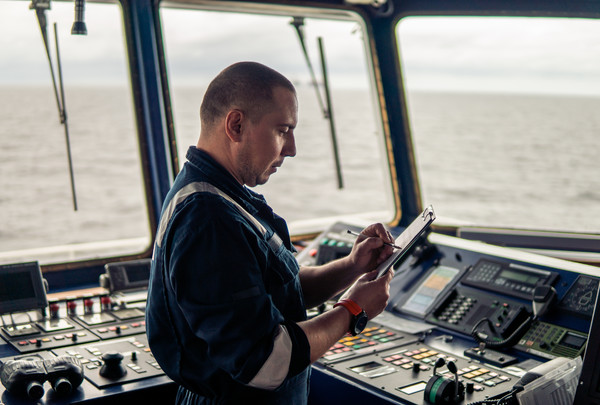With human factors contributing to more than 80% of maritime accidents, we must acknowledge that people have limitations and strengths that need to be understood and accounted for in our maritime safety methodology. We can analyse past incidents and near-misses to understand why certain human actions were taken and how to prevent re-occurrence. However, this requires a holistic system approach where errors are seen as consequences rather than causes.
The aim is to look at the circumstances surrounding incidents and ask what situational factors lead to mistakes, rather than focusing on the person and appointing blame: Are there specific error traps we can identify? Perhaps inefficient procedures or a lack of established procedures? How do the conditions and environment, or company values, influence the behaviour of the crew? For example, too much focus on productivity over safety (often driven by commercial pressures) could encourage seafarers to take shortcuts in their duties.
The role of loss prevention is to support shipowners by providing up-to-date advice and helping to identify areas where safety procedures and maintenance routines can be strengthened and developed to reduce the risk of loss. In doing so, we must maintain the red thread of human factors, understanding that it is impossible to eliminate errors as they are an inherent consequence of human fallibility. However, with the proper defences, barriers, and safeguards in place, mistakes don’t have to end in disaster.
Furthermore, there is a strong link between human-centred loss prevention and sustainability. When considering sustainability, emphasis is often put on environmental protection, an important aspect that loss prevention contributes toward. However, we must also consider the significance of social sustainability. The world economy relies on approximately 1.89 million global seafarers to perform daily tasks in high-risk environments. Therefore, to take a holistic approach, we need to support the humans who are the core of the industry’s future.
It is important to convey that safety and sustainability (which go hand in hand) are not just about technology and systems but also about shared values and interactions between people. A human-centred approach, including accurate risk analysis to establish effective interventions, curtails consequences for seafarers, economic stakeholders, and the environment.
Meeting the minimum safety requirements and maintenance standards is the starting point, not the end goal, and we must strive to improve the safety climate in the industry by adopting the right attitude.
